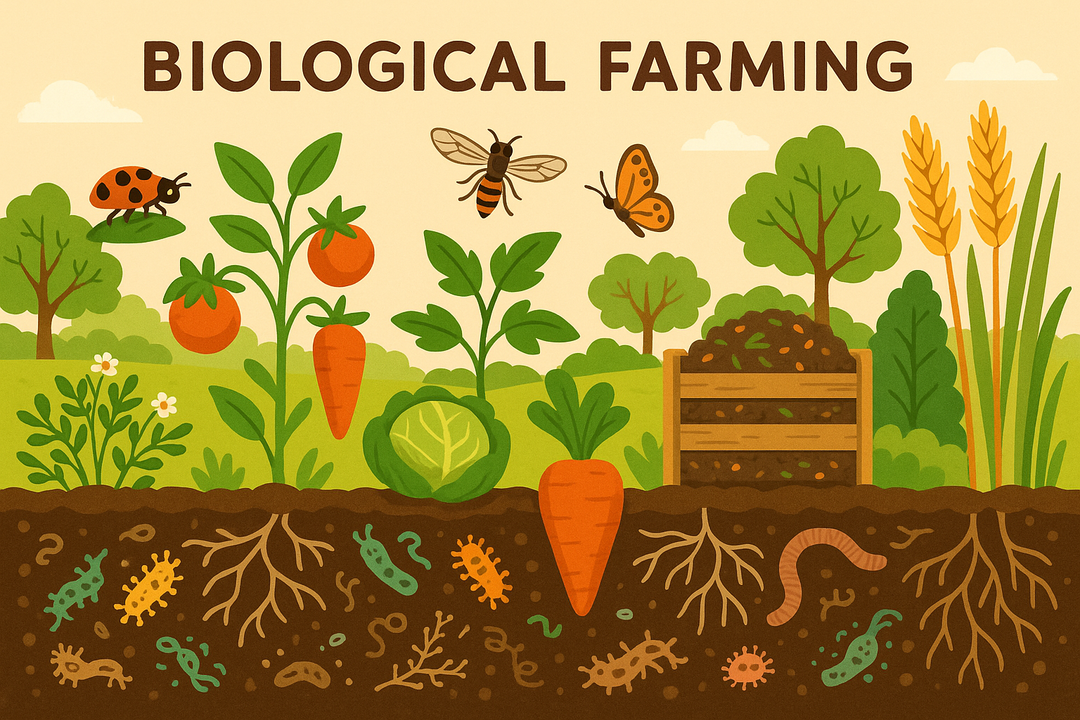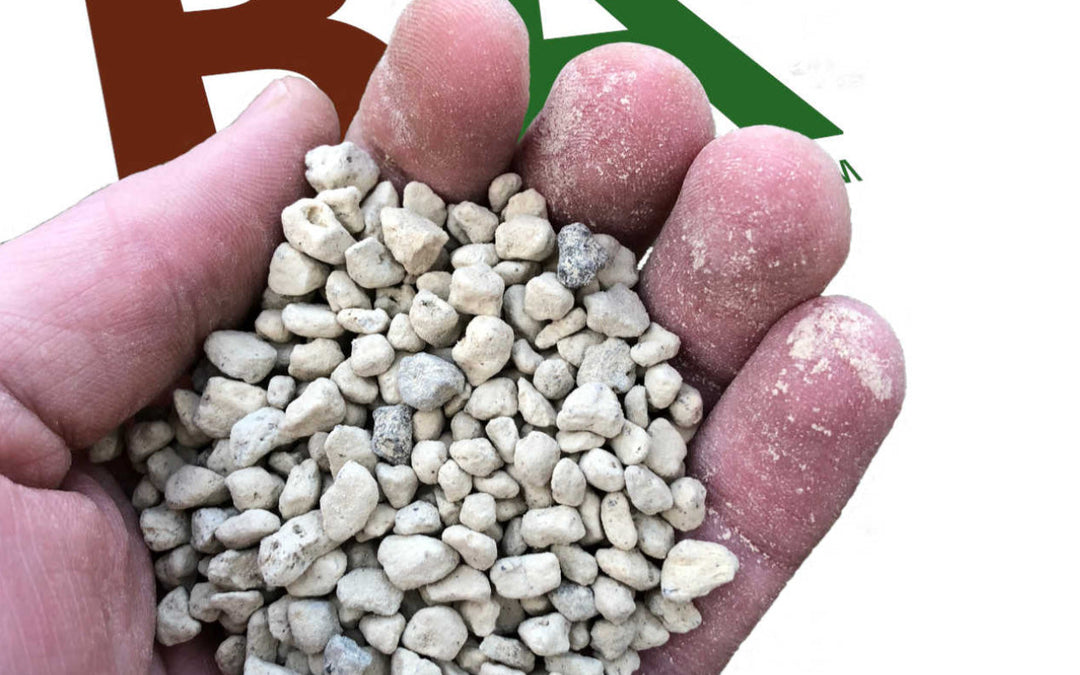Seeds of Success: Innovative Ways to Monetize Your Small Farm
Embarking on a small farming venture is not just about planting seeds; it's about cultivating a thriving business from the ground up. You're on a journey to transform a passion for agriculture into a profitable enterprise. This Rocky Mountain BioAg guide will navigate through the critical steps of starting and monetizing your small farm, ensuring your efforts bear fruitful returns.
Understanding Consumer Demands

In the realm of farming, success begins with understanding the market. Dive into research to grasp local and regional demands. Select crops or livestock that resonate with consumer preferences and needs. This alignment ensures that what you grow doesn't just thrive in the field but also in the marketplace.
Tractor Tales: Navigating Equipment Investments
Your farm's backbone is its equipment. When selecting tractors and tools, engage in thorough research to assess the quality and reliability of various suppliers and manufacturers. Remember, preowned equipment isn't just cost-effective; it can be a smart investment to kickstart your operations without breaking the bank.
Sowing Seeds of Success: Dynamic Farm Marketing

Crafting a visually stunning brochure is your ticket to attracting customers. Incorporate effective imagery that captures the essence of your farm, allowing its uniqueness to shine through. Use compelling narratives and images to highlight your distinctive features, whether it's your organic practices, heirloom varieties, or innovative farming techniques. Let your brochure serve as a window into the soul of your farm, inviting customers to experience the authenticity and care that goes into every product. The best part is that you can create engaging, eye-catching brochures using free online tools.
Pricing the Harvest: Strategies for Profitable Farming
Price your products not just to sell, but to profit. Explore different pricing strategies, such as value-based or cost-plus pricing, to find what works best for your farm's offerings. Competitive pricing doesn't mean the lowest price; it means the best value for quality, making your goods irresistible to customers. Consider seasonal demand and production costs to optimize pricing. Use customer feedback to refine your pricing strategy over time, ensuring it aligns with market trends and preferences.
Cultivating Support: Tapping into Government Resources

Don't overlook the support available from government programs. Explore grants and tax credits designed for small farms. But be vigilant – ensure you meet the eligibility criteria and keep an eye on application deadlines. This external support can be a game-changer in stabilizing and growing your farm business. Research local and federal programs that cater specifically to small-scale agriculture. Regular engagement with agricultural extension services can provide timely information on new grants and subsidies.
Community Roots: Growing Through Local Partnerships
Foster strong relationships with local vendors and farmers' markets. These partnerships are invaluable for expanding your reach and establishing a loyal customer base. Embrace opportunities for cross-promotions and collaborative distribution networks to amplify your farm's presence in the community. Participate in local events and fairs to increase visibility. Engaging in community activities not only broadens your network but also strengthens your farm's reputation as a local, trustworthy supplier.
Finance in the Field: Budgeting for Farm Prosperity

A robust financial plan is the lifeline of your farm. Develop a comprehensive budget that covers all expenses and anticipates income. Regularly review and adjust your financial strategy to stay on top of your farm's fiscal health. This ongoing vigilance ensures that your farm remains a viable, profitable enterprise. Factor in unexpected costs like equipment repairs and weather-related losses. Setting aside a contingency fund can help mitigate financial risks and ensure the long-term sustainability of your farming business.
Your small farm holds immense potential, not just as a source of sustenance but as a flourishing business. By addressing market demands, equipping wisely, marketing creatively, pricing strategically, utilizing government support, forging community partnerships, and managing finances astutely, you're setting the stage for a successful and sustainable farming venture. Now, sow the seeds of your entrepreneurial spirit and watch as your small farm grows into a thriving, profitable business.






Leave a comment